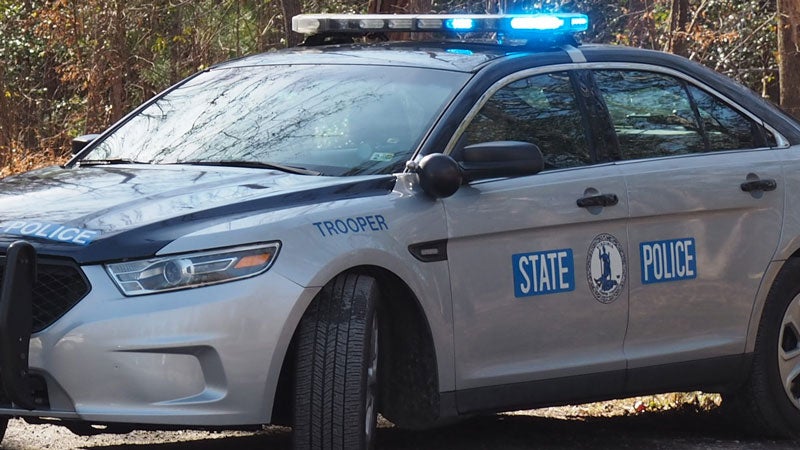English colonists befriended the Warraskoyack locally
Published 10:09 am Monday, February 5, 2024
By Caroline Darden Hurt
Contributing writer
In 1585, Sir Walter Raleigh and a group of about 112 English people attempted the founding of the first permanent English settlement in North America. By 1590, the Roanoke Colony was abandoned, and the colonists had disappeared.
Despite the mystery surrounding the Lost Colony, in December 1606, 143 men under the command of Capt. Christopher Newport left London in three small ships to make a second attempt at establishing an English foothold in the New World. These colonizers landed in present-day Virginia in April 1607 and traveled up a river they named the James River to establish a settlement they called Jamestown. They would later learn the indigenous people’s name for the river they now called home, the Powhatan River.
Almost immediately, the colonists faced several hardships, including famine, bad crops, poor water supply, disease, unstable leadership, hostile relations with the indigenous people and a limited understanding of what they faced in a new land. While there were many settlers with critical skills, including soldiers, blacksmiths, gunsmiths, masons and coopers, there were few with the knowledge and skillset required to live off the land.
Also among these early settlers were a perfumer, gold refiner, goldsmith and jeweler — perhaps in anticipation of all the riches they hoped to discover. Many of these first settlers were gentlemen investors lacking the expertise necessary to successfully forge a new home here. By December, only eight months after they first landed, their numbers had dramatically diminished to 38.
Capt. John Smith was a controversial leader of the Jamestown colony and a prolific writer chronicling many aspects of the New World and its people. Known for his often exaggerated and embellished descriptions, Smith was one of the few to maintain detailed writings of what he experienced during the early establishment of the Jamestown colony. Today, his descriptions remain the authority despite some questions regarding their accuracy.
As the English attempted to establish trade with the local indigenous people, one of the first tribes Smith encountered were the Warraskoyack, who lived in three villages within the boundaries of modern-day Isle of Wight County. Their main village, referred to on Smith’s map by the tribe’s name, was in the present-day town of Smithfield. Mokete, a smaller southern village, was once located in the unincorporated community now known as Rescue, and the third village was north in what is the Aberdeen Farm area today.
Smith described the land of the Warraskoyack as a land “wherein falleth 3 or 4 prettie brookes and creeks that half entrench the inhabitants.” Unlike several of their neighboring tribes, Smith described his interactions with the Warraskoyack as friendly, and trade may have begun with them as early as the fall of 1607.
In late 1608, Smith and a small party traveled upon invitation to Werowocomoco, the then-capital of the Powhatan Paramount Chiefdom, stopping along their way to visit the Warraskoyack. Smith’s records indicate that the Warraskoyack chief supplied his traveling party with food and warned him not to trust Chief Powhatan, suggesting that Powhatan had sent for him to “cut your throats.”
Smith writes of two other friendly gestures that occurred during this visit. With mystery still surrounding the disappearance of the Roanoke Colony, searching for the missing colonists remained an important objective. The Warraskoyack chief provided colonist Michael Sicklemore with “two guides and directions how to seek the lost company of Sir Walter Raleigh.” The original record later comments, “Master Sickelmore returned from Chowanoke but found little hope and less certainitie of them were left … .” The chief also allowed Smith to leave his young page Samuel Collier with the Warraskoyack to “learne his language” and the culture. One might call Collier the first exchange student in the New World.
From the early days of English colonization, Isle of Wight County has been at the forefront of the history that would inspire the American Revolution and ultimately establish the United States of America.
Check The Smithfield Times next month for the third installment in this ongoing series.






